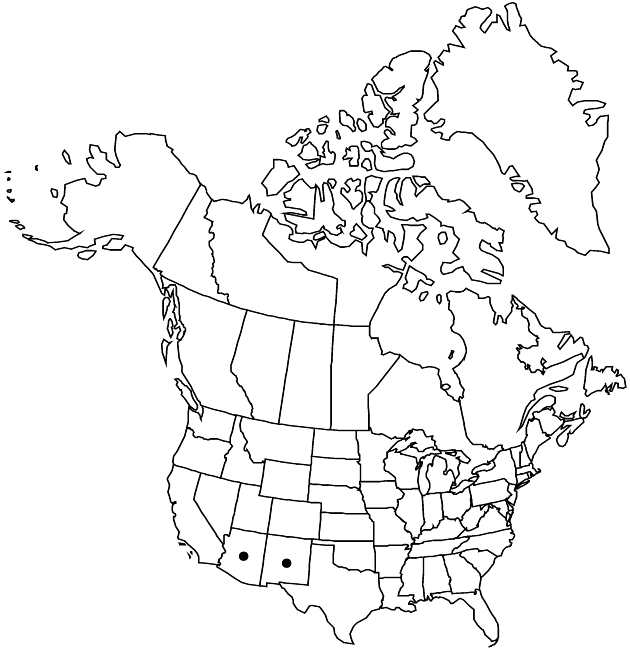Difference between revisions of "Hymenoxys bigelovii"
Madroño 10: 159. 1950.
FNA>Volume Importer |
imported>Volume Importer |
||
| (One intermediate revision by the same user not shown) | |||
| Line 8: | Line 8: | ||
}} | }} | ||
|common_names=Bigelow’s rubberweed | |common_names=Bigelow’s rubberweed | ||
| + | |special_status={{Treatment/ID/Special_status | ||
| + | |code=E | ||
| + | |label=Endemic | ||
| + | }} | ||
|basionyms={{Treatment/ID/Basionym | |basionyms={{Treatment/ID/Basionym | ||
|name=Actinella bigelovii | |name=Actinella bigelovii | ||
| Line 51: | Line 55: | ||
|publication title=Madroño | |publication title=Madroño | ||
|publication year=1950 | |publication year=1950 | ||
| − | |special status= | + | |special status=Endemic |
| − | |source xml=https:// | + | |source xml=https://bitbucket.org/aafc-mbb/fna-data-curation/src/2e0870ddd59836b60bcf96646a41e87ea5a5943a/coarse_grained_fna_xml/V19-20-21/V21_1101.xml |
|tribe=Asteraceae tribe Heliantheae | |tribe=Asteraceae tribe Heliantheae | ||
|subtribe=Asteraceae (tribe Heliantheae) subtribe Gaillardiinae | |subtribe=Asteraceae (tribe Heliantheae) subtribe Gaillardiinae | ||
Latest revision as of 21:08, 5 November 2020
Perennials, 20–70 cm (polycarpic, often with sparingly branched, woody caudices). Stems 1–5, green throughout or purple-red-tinted distally to throughout, usually unbranched distally, ± hairy (often tomentose proximally). Leaves: blades usually simple, rarely lobed (lobes 3), glabrous or ± hairy, eglandular or sparsely gland-dotted (basal leaf bases ± long-villous-woolly); mid leaves usually simple, rarely lobed (lobes 3, terminal lobes 1.5–3 mm wide). Heads 1–5 per plant, usually borne singly, sometimes in paniculiform arrays. Peduncles (1.5–)6–20(–29) cm, ± hairy, densely tomentose distally near involucres. Involucres hemispheric to broadly campanulate, 13–20 × 23–32 mm. Phyllaries in 2 series, unequal; outer 13–19, basally connate only slightly to 1/5 their lengths, lanceolate to narrowly lanceolate to obovate to oblanceolate, 7–11 mm, apices acuminate to acute; inner 13–18, narrowly lanceolate to oblanceolate, 8.5–12.6 mm, apices aristate. Ray florets 13–15; corollas yellow, 13–26 × 5.4–9.5 mm. Disc florets 100–250+; corollas 5.7–7.4 mm. Cypselae narrowly obpyramidal, 4.2–4.7 mm; pappi of 9–11(–15) obovate to oblanceolate, often aristate scales 4.7–7.3 mm. 2n = 30.
Phenology: Flowering May–Jun.
Habitat: Roadsides, edges of juniper-pine and pine forests
Elevation: 1300–2500 m
Discussion
Selected References
None.
